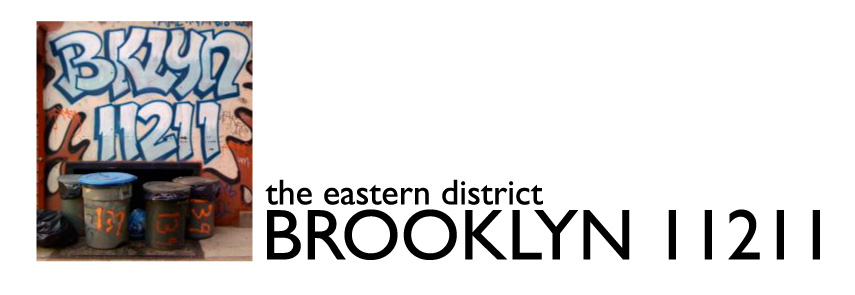John McCain (who is not a celebrity) appeared on the Tonight Show for the 13th time last night. In response to jokes from Jay Leno about McCain’s inability to remember how many houses he owns, McCain (reluctantly, I’m sure) responded by talking about his five years as a prisoner of war in Vietnam.
Trying to Revive Manufacturing In Brooklyn: A Futile Cause
Dennis Holt, in the Eagle, thinks that trying to save good jobs in Brooklyn is a lost cause. His main point is that the Brooklyn waterfront is not going to rise again as a industrial powerhouse – you know, containerization and all that. And he has a point. But only up to a point.
In the first place, we have seen that containerization is viable on the Brooklyn waterfront (at least in Red Hook, and on a far more limited scale that it ever will be on the Jersey waterfront).
Second, we are beginning to see that some of the discarded waterfront uses actually served an important civic purpose. I’m talking in particular about graving docks and dry docks, which, it turns out, we actually need more of. Too bad the best graving dock in the metro area was filled in for Ikea. Two years after the fact, and that move is already looking pretty short-sighted (the more so because Ikea and the graving dock could have existed side by side).
Third, and most important, the plight of industrial Brooklyn is not the plight of the waterfront. Despite decades of hemorrhaging jobs, Brooklyn still has a very active and vital industrial base. These jobs tend not to be on the waterfront, but rather in the neighborhoods immediately adjacent to the waterfront (Williamsburg, Greenpoint, Navy Yard, Wallabout, Red Hook, Sunset Park – not to mention Maspeth and Long Island City across the creeek). Perhaps that is a vestige of the historic waterfront access, but it is also very much a tribute to the exceptional transportation network in NYC – both excellent truck access to the Manhattan market and a first-class mass transit to bring workers to work. These jobs tend to be better paying, and at a range of skill levels. They also tend to attract local workers, bringing stable employment, good pay and good benefits to low-income neighborhoods.
With all the recent rezonings, businesses are caught in a double squeeze. Residential rezoning on the one side makes industry unaffordable (in the rezoned areas of Williamsburg and Greenpoint, there is practically no industry left). On the other side, the remaining industrial zones are becoming prime territory for complying, non-industrial uses precisely because they are next door to burgeoning residential areas. I’m talking here about clubs, boutique hotels, bowling alleys and the like (yes, I’m looking at you Bushwick Inlet – but the same thing is happening in Bushwick and East Williamsburg). These businesses drive up the cost of industrial space because they can pay twice as much per square foot as the industrial users.
When this happens, the jobs don’t disappear, they just move somewhere cheaper. In this case, somewhere cheaper is often New Jersey, sometimes Long Island City or Sunset Park. This, in turn, puts local residents in their own double squeeze. On one side, good paying low-skill jobs are are moving out of the neighborhood. They may be replaced by service jobs, but those tend to be less secure, pay less, and come with fewer benefits. On the other side, as the formerly industrial areas around them rezone to residential and get built up with luxury condos and the like, there is a secondary displacement in the surrounding residentially-zoned areas. Rents go up, harassment goes up. The affordable housing that comes with the rezoning is supposed to solve this, but it is a drop in the bucket compared with the formerly affordable units that are being lost.
So yes, Brooklyn’s waterfront probably has better (and certainly more profitable) uses than industry. But Holt misses the boat when he equates industry with the waterfront and extrapolates that to say that industry in Brooklyn is not viable. It certainly is viable, its just been pushed to the edge of extinction by rezonings and other forces. And its not just factories and jobs moving to New Jersey. In the process of deindustrializing Brooklyn, we’ve exacerbated the forces of displacement on the residential side.



